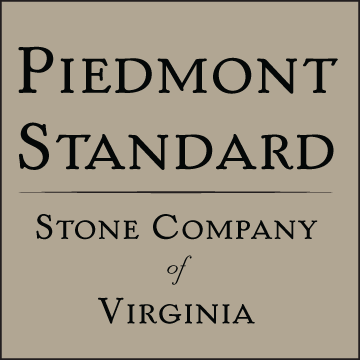March 2007
Setting track level
30/03/07 13:37 Filed in: Benchwork | Roadbed/Track
I want to use the same hole through the wall to access the staging area in the garage that I used previously with my HO scale layout. Now being in O scale, the height of the hole is somewhat restrictive, so I need to keep the track low through the hole.

Once the track height through the hole in the wall was determined, I used it as the height for all the track on this section of the layout. The height for all the roadbed risers was set using a string and line level.

Once the height of all the risers was determined, I used the subroadbed to locate them on each joist.

The location of the subroadbed was in turn checked by placing the roadbed on top of it to make sure everything was lined up from the track down.

Once the track height through the hole in the wall was determined, I used it as the height for all the track on this section of the layout. The height for all the roadbed risers was set using a string and line level.

Once the height of all the risers was determined, I used the subroadbed to locate them on each joist.

The location of the subroadbed was in turn checked by placing the roadbed on top of it to make sure everything was lined up from the track down.
Shops Yard in place
26/03/07 14:08 Filed in: Benchwork | Roadbed/Track
The height of the risers for Shops Yard put the rail height at the same level as Piedmont on the other side of the wall.

This same track level carries on through Ariel Church to make switching and spotting cars easier in this area.

Once the risers were all in, the subroadbed and roadbed were glued down in position.

Track 1 is the Scale Track. The scale will be in the short tangent between the long S curves.
Track 2 is the Yard Lead. This track eventually continues to Piedmont and the mill.
Track 3 is the Town Track. This track will be adjacent to the town site of Ariel Church. and will be the holding track for maintenance of way equipment, rail cars, or whatever the Shops Yard crew wants to keep out of the way. The Town Track will be hidden from view from the sharp curve to the left and on down the length of the wall, where it becomes the Back Lead for switching Piedmont Mill. When operating the layout "for keeps", the Back Lead and Town Track are considered to be two separate spurs. When running the layout for show, this hidden connecting track will allow continuous lap running.

This same track level carries on through Ariel Church to make switching and spotting cars easier in this area.

Once the risers were all in, the subroadbed and roadbed were glued down in position.

Track 1 is the Scale Track. The scale will be in the short tangent between the long S curves.
Track 2 is the Yard Lead. This track eventually continues to Piedmont and the mill.
Track 3 is the Town Track. This track will be adjacent to the town site of Ariel Church. and will be the holding track for maintenance of way equipment, rail cars, or whatever the Shops Yard crew wants to keep out of the way. The Town Track will be hidden from view from the sharp curve to the left and on down the length of the wall, where it becomes the Back Lead for switching Piedmont Mill. When operating the layout "for keeps", the Back Lead and Town Track are considered to be two separate spurs. When running the layout for show, this hidden connecting track will allow continuous lap running.
In the Carport
18/03/07 11:43 Filed in: Benchwork | Roadbed/Track
I wanted to lay out my full sized prints of the Shops Yard trackplan flat. The only place big enough was the carport.

Once the tiles of the trackplan were taped together, I laid the sections of homasote roadbed on top of it to see if the butting edges needed to be trimmed.

The roadbed sections fit well on the trackplan. I used them as patterns to cut out the plywood roadbed. I took care to not have the joints in the subroadbed fall near the joints of the roadbed.

Once the subroadbed was cut out, it was in turn checked on the trackplan for fit.

Once the tiles of the trackplan were taped together, I laid the sections of homasote roadbed on top of it to see if the butting edges needed to be trimmed.

The roadbed sections fit well on the trackplan. I used them as patterns to cut out the plywood roadbed. I took care to not have the joints in the subroadbed fall near the joints of the roadbed.

Once the subroadbed was cut out, it was in turn checked on the trackplan for fit.
